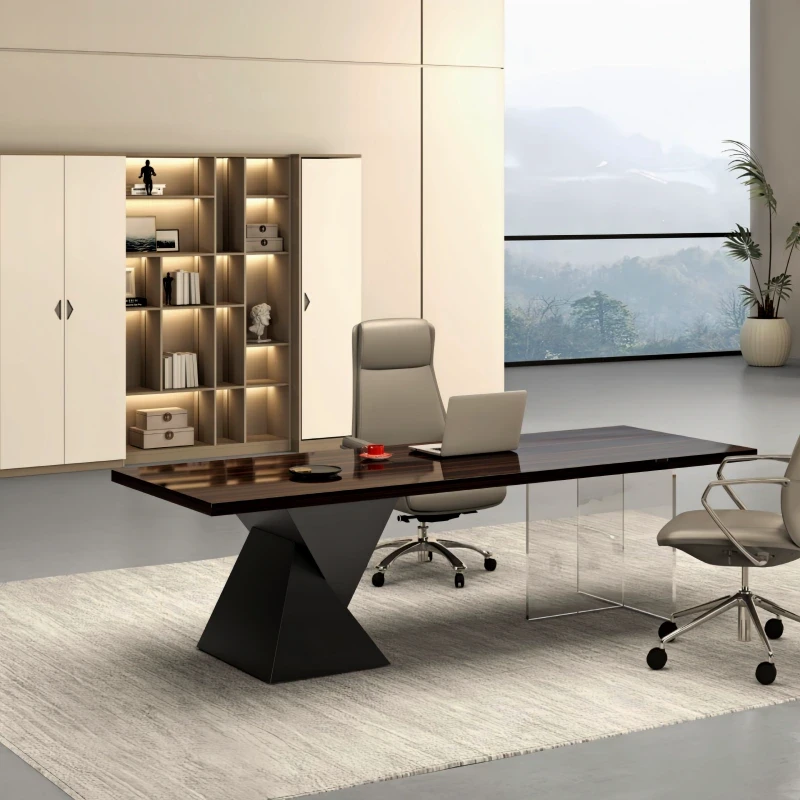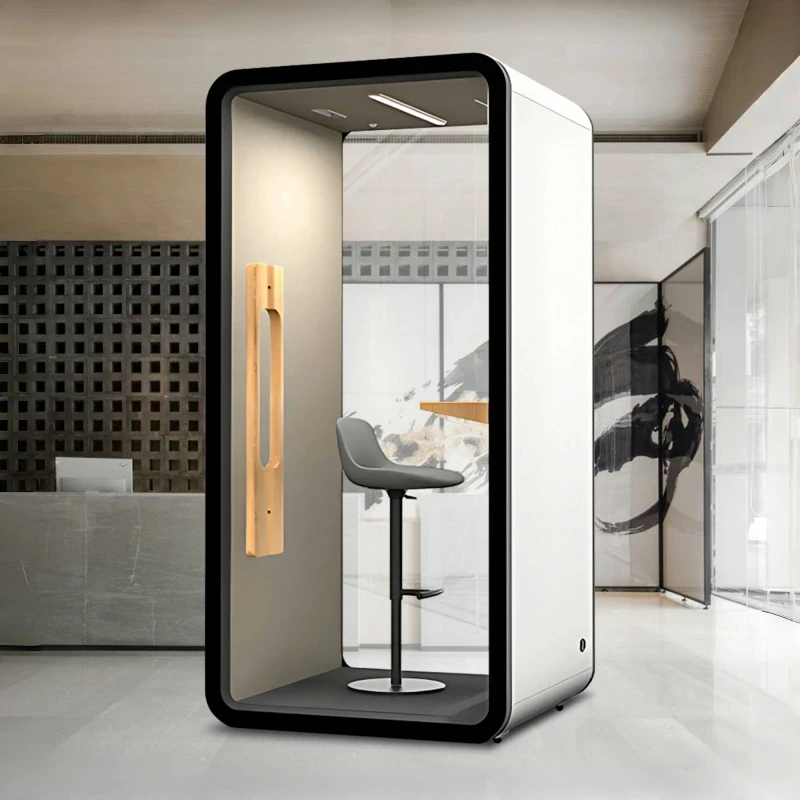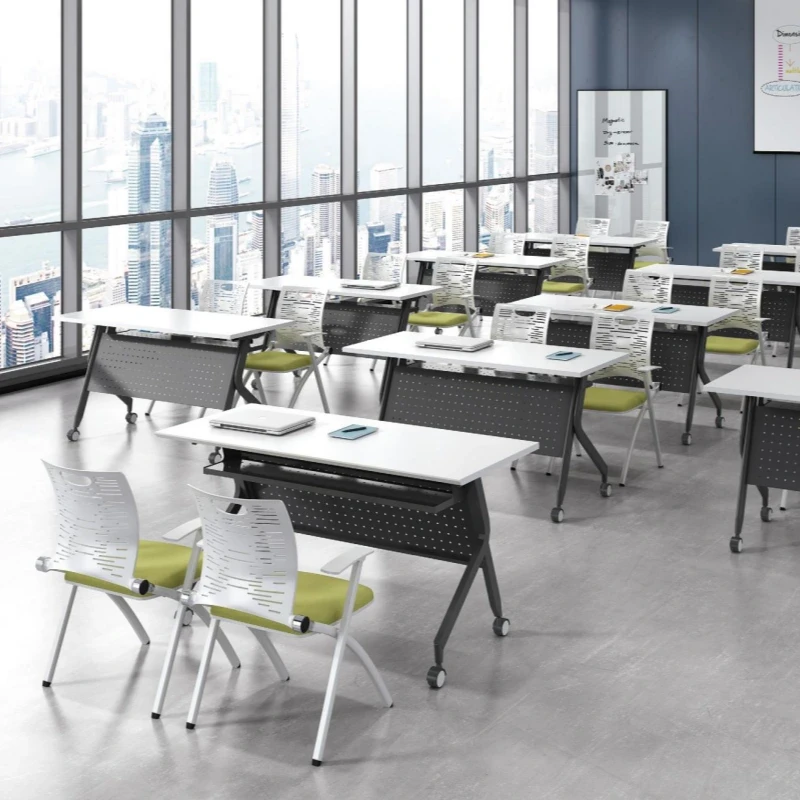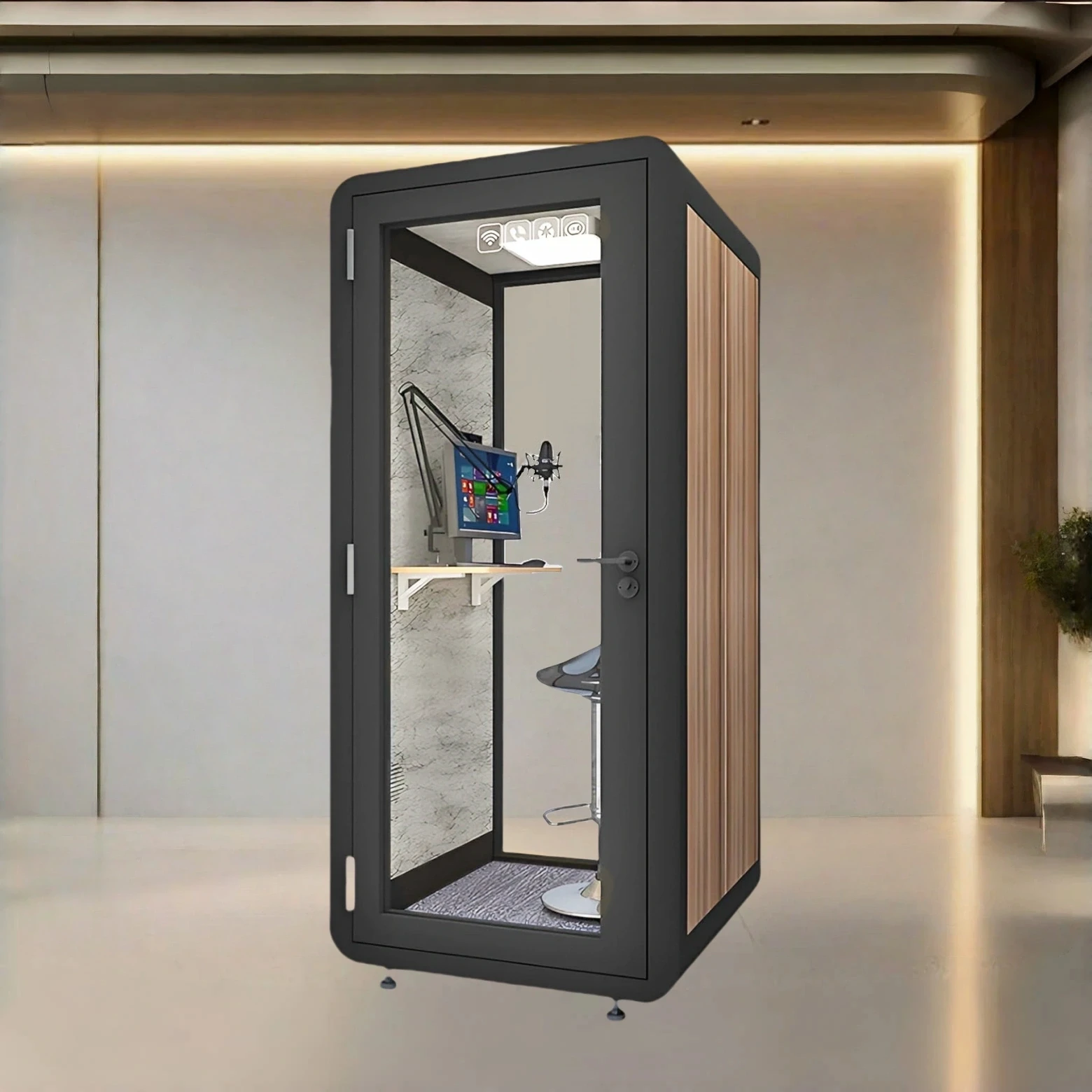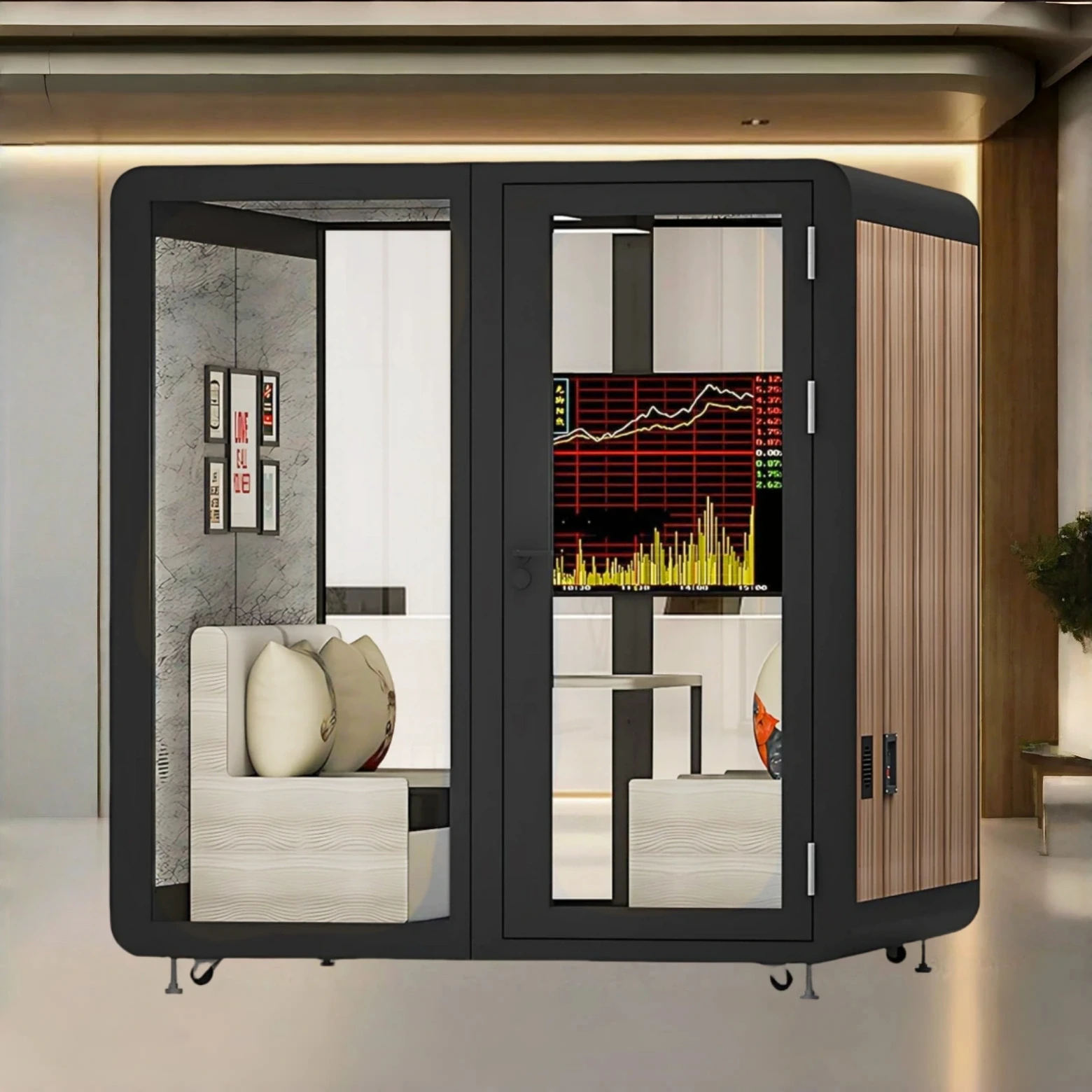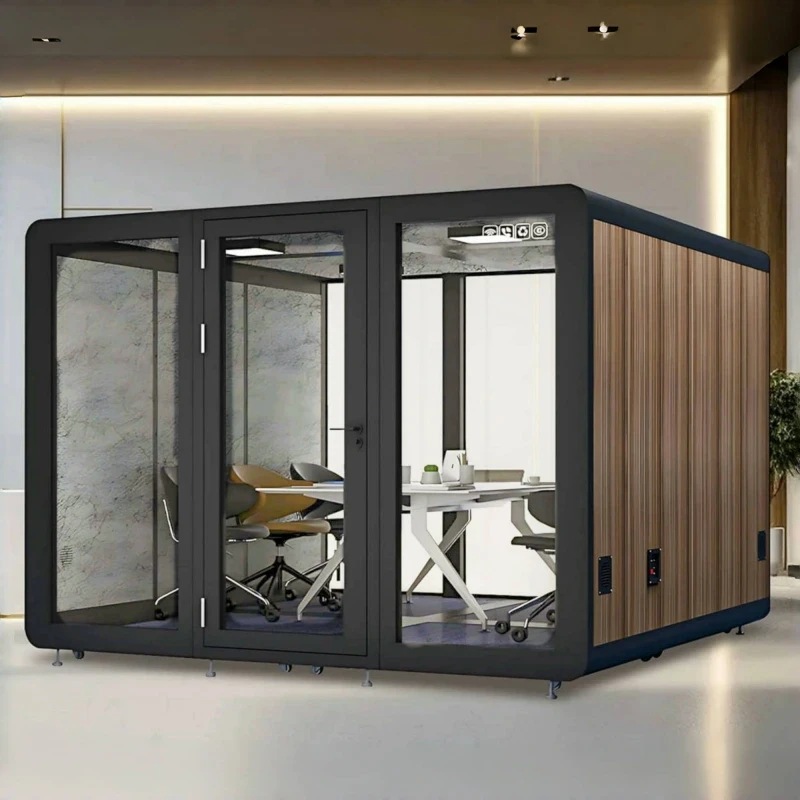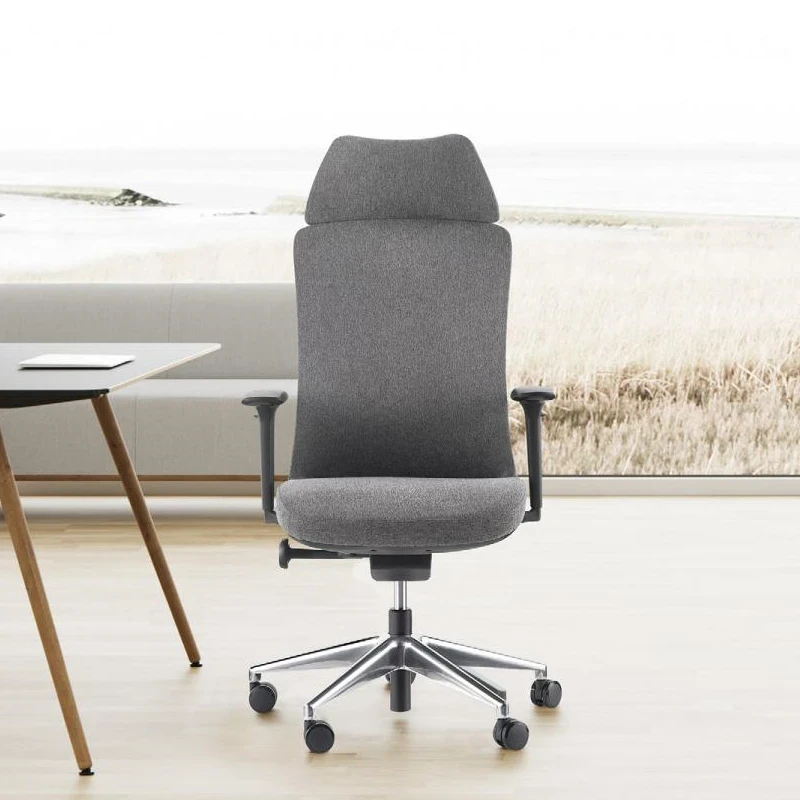With the rise of livestreaming, more businesses and individuals are entering this field. To ensure superior visual and sound quality during livestreams, the design of a soundproof room has become particularly important. This article will detail how to design a small room suitable for livestreaming, ensuring clear, distraction-free sound during livestreams.
1. Site Selection and Layout
First, choose a relatively quiet location that is less susceptible to external noise for your livestreaming room. Regarding layout, try designing the soundproof room in a rectangular or square shape to better control sound reflection and diffusion.
2. Choosing Soundproof Materials
The primary function of a soundproof room is to isolate sound, so choosing high-quality soundproofing materials is crucial. Common soundproofing materials include felt, panels, and foam. These materials effectively block external noise and improve the sound quality of the livestream. When selecting soundproofing materials, consider their soundproofing effectiveness, environmental performance, and longevity.
3. Design and Construction of a Soundproof Room
The design of a soundproof room should adhere to the principles of simplicity and practicality. Use soundproofing panels on the walls to ensure smoothness and a tight seal. Also, use soundproofing seals on doors and windows to reduce sound leakage. Furthermore, you can add soundproofing layers inside the room, such as ceiling and floor insulation, to further enhance soundproofing.
When building a soundproof room, pay attention to construction quality and ensure the soundproofing materials are securely installed and seamless. Also, pay attention to ventilation and lighting to ensure a comfortable livestream.
4. Livestream Equipment Configuration
In a soundproof room, the configuration of livestream equipment is crucial. First, choose a high-quality camera to ensure clear livestream footage. Second, select a stable microphone to capture clear, uninterrupted audio. Additionally, lighting, a green screen, and other equipment can be added as needed to enhance the livestream experience.
5. Creating a Livestream Environment
In addition to hardware configuration, creating a livestream environment is also crucial. Decorate the soundproof room with plants and paintings to create a comfortable and welcoming atmosphere. Keep the room clean and tidy to ensure a pleasant viewing experience for viewers.
6. Post-production Debugging and Optimization
After the soundproof room is built, post-production debugging and optimization are necessary. First, test the livestreaming equipment to ensure proper function and clear sound. Second, evaluate the soundproofing effectiveness. If necessary, add sound-absorbing materials to the room to reduce sound reflection and reverberation. Finally, fine-tune the livestreaming environment based on the actual conditions during the livestream to ensure optimal performance.
In summary, designing a soundproof room suitable for livestreaming requires consideration of many factors, including site selection, soundproofing material selection, room design and construction, livestreaming equipment configuration, livestreaming environment creation, and post-production debugging and optimization. Only by ensuring these aspects are in place can the sound during livestreaming be clear and interference-free, providing viewers with a positive viewing experience.

 USD
USD
 GBP
GBP
 EUR
EUR

